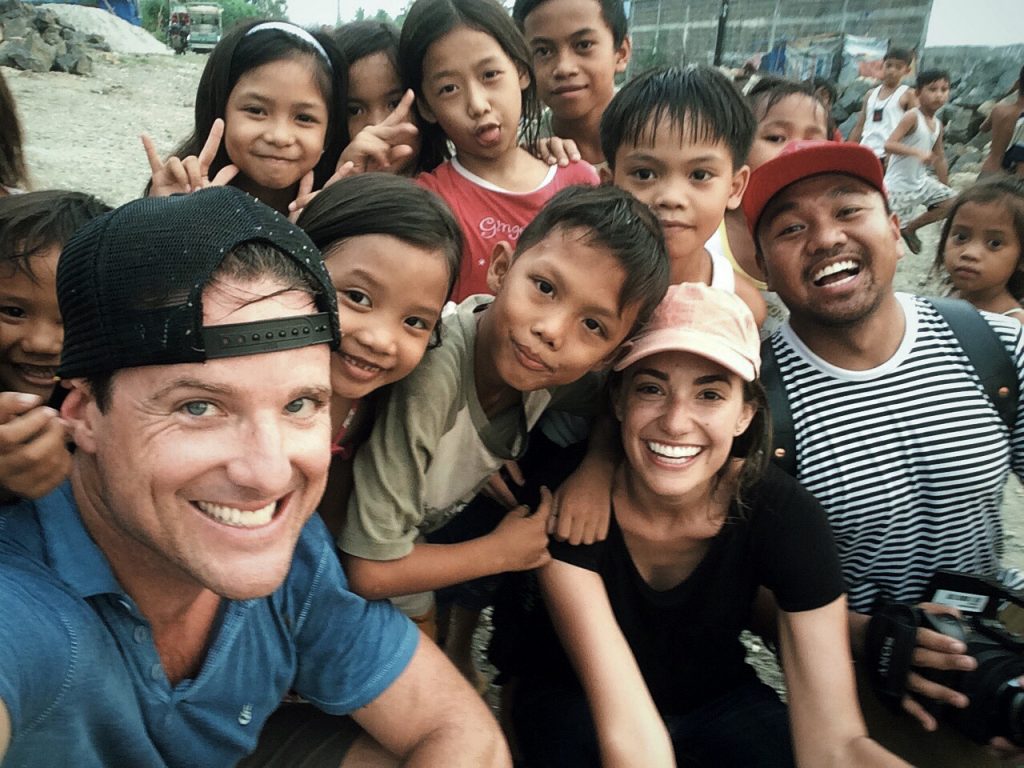There are few people more experienced in cause-based storytelling than Ashley Gutierrez, creative director and founder of Cliff Co., an Impact Storytelling Agency. And that’s due to not only how long she’s worked on these types of projects, but also the specific projects on which she’s worked. Namely, Kony 2012 — arguably the most viral video of all time (at least according to TIME). If nothing else, the Kony film was a testament to the power of storytelling and the relevance of online films — particularly when it comes to causes.
“The goal of nonprofit films is to get people to care,” Ashley told us. “Hopefully care enough to drive them toward a greater level of empathy and understanding… and ultimately to action.”
Getting to that goal isn’t always a clear path, but there are signs to follow. Below Ashley lays the framework for making not only a good cause-based film, but an effective one.
Start with Why
When it comes to cause-based films, I see a lot of organizations focusing on the what and the how of their work, while completely neglecting the why. You have to start with the why because that’s what grabs people. Motivation and drive are memorable. The average viewer won’t remember what you do or what you say, but they will remember how you make them feel. The way to package your message — the most effective way to reach viewers — is by telling a story that leads with the why. But that’s not the typical starting point for a lot of nonprofits.
Find the Commonality
Humanity has been communicating through pictures and symbols since the beginning of our recorded history. Storytelling is a part of our makeup, a foundation of our existence. Music and words and images and sounds have always been used to convey meaning. But for me, personally, a story is about finding the connections we all share, instead of focusing on what makes us different. We’re born into different scenarios and privileges. And on the surface, yeah, we’re different. But if you drill down to the emotions — which is what storytelling is all about — we can say we all know what it is to be happy or sad or scared or angry. There are core emotions of being human, and storytelling is a way of translating the meaning of our experiences and sharing them with a larger audience. It allows us to relate to one another.
Focus on Contrast
You have to communicate from a place of intention and clarity for your audience. But as a personal form of artistic expression, contrast and depth and truth lead to good storytelling. A person’s story is filled with contrast and paradox, leaving things for the audience to interpret.
When a person takes a journey, they move from Point A to Point B. Along the way, their motivations and desires change. And yet, on the surface the grand arc seems natural, inevitable. That’s the story they’ll tell. But I’m really interested in the little moments, the tiny subplots of life where the arc isn’t so clear. There is contrast — and paradox — in the way these little subplots add up. You can look back and see the arc and how all the big pieces of their journey fit together; but from moment to moment, it wasn’t always clear. The audience has to reconcile those things.
One of my favorite movies of all time is Boyhood (2014). And the line that just kills me is when [Patricia Arquette] is sitting at the kitchen table talking about the milestones in her life. It ends with her saying, “I just thought there would be more.” You’ve just been taken on this journey with her, and you’re like, “Man, she was looking for the big arc, but we’ve gotten to see all these little subplots.” We can get entrenched in a dangerous narrative if we think our lives have to be this grandiose journey, when in reality tiny stuff is happening all the time.

Be the Stupidest Person in the Room
My dad always told me I should strive to be the stupidest person in the room. He said I should surround myself with people who are better than I am, ideas that are bigger than I am, because that’s where growth comes in. When you’re around people and projects and ideas that are a little out of your league, you’re going to grow your capacity. It’s important to have a good team of people around you whom you love and trust and feel comfortable taking risks with; but it’s not a bad thing to feel like you’re in over your head.


















































































